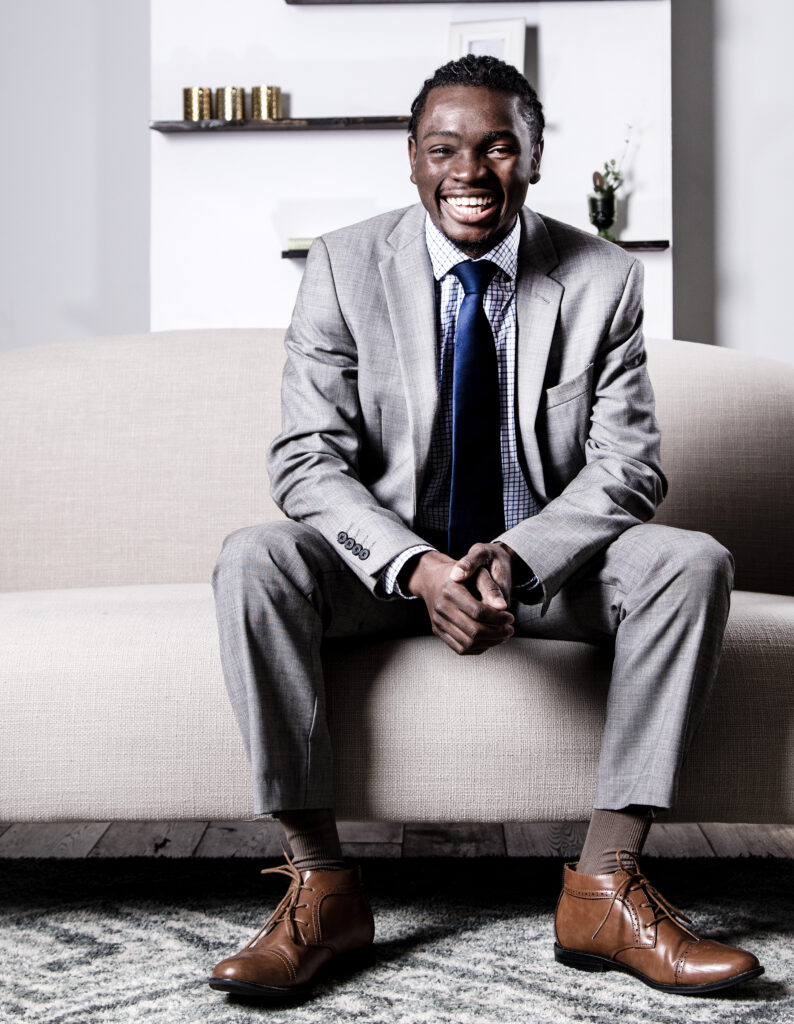
Do you ever wonder what your clients are really thinking? Chances are, their body language is screaming the answer loud and clear. Since real estate is first and foremost about building positive relationships, the ability to pay attention to body language and understand its inherent meaning is not just nice–it’s vital. Ultimately, what you’re after isn’t manipulation. Far from it. The goal of effectively using body language is to communicate better and develop trust with your clients. Following are some easy ways you can learn to read body language for better results:
WHAT IS BODY LANGUAGE?

Body language is a type of nonverbal communication in which physical behavior is used, consciously or unconsciously, to convey information. Body language includes body posture, eye movement, gestures, facial expressions, tone of voice, touch and the use of space.
Keep in mind that body language can be very different between males and females due to cultural conditioning. Males are usually encouraged from an early age to take up room, make direct eye contact, have a firm handshake and so forth. Historically females have been conditioned to sit with their legs crossed, not take up too much space, and keep their eyes more lowered than direct. These are gross generalizations, but are often still at play in modern-day society.
One example of body language is how much space a person takes when seated. An open, relaxed posture indicates expansiveness, confidence and comfort. But if your client is sitting with their legs and arms tightly crossed, this could indicate discomfort and hesitancy. When working with your clients, check into their comfort level by noticing how much space they choose to use with their body. If you notice cues of discomfort you can then take steps to make your client more comfortable by asking them questions.
BODY MIRRORING
One way you can put your clients at ease is to use body mirroring. Also called “limbic synchrony,” this is a technique wherein you cultivate the feeling of empathy and understanding by mirroring another’s body language. Mirroring is something we do with people we like or are interested in- we copy their body language, speech, facial expression and more. From an evolutionary perspective, mirroring indicated you were in-sync with members of your group and was vital for survival. Babies practice imitation before they are even born by matching their heartbeat to their mother’s. And you will notice that couples walking together tend to match steps. Another adorable example of body mirroring is playing peek-a-boo with a toddler. Or waving. And the list could go on.

Examples of body mirroring behavior include responding in kind to another by smiling, laughing, crossing your legs, leaning in, yawning, or shaking hands. Mirroring is a powerful tool that we use automatically, often without even being aware of it. As such, if you notice that others aren’t mirroring back your behavior, it could indicate problems. Just noticing this gives you the opportunity to explore further and re-engage with others in a more productive way. Simple actions like smiling, nodding your head, and reaching out to shake hands will usually inspire those around you to do the same. This is an effective way to get your meeting off to a positive start.
VOICE TONE
Tonality has a big impact on setting the stage for effective communication. Make sure you modulate your voice to be on the lower side. Most importantly, end your sentences with a downward inflection rather than using “up talk.”
LISTENING
The ability to really listen to someone else will positively transform every relationship you have. If you find that you quickly forget names, chances are it’s because you’re thinking more about what you plan to say than to actually listening to the person in front of you. Change this bad habit by letting go of your need to control the conversation and the need to prove to others that you know what you’re talking about (overcompensation). First, just listen and find out what your client needs. Listening and asking questions is an art. It takes practice and dedication. Take a deep breath, slow down, and give others the space to let you know what they need. When appropriate, step in with intelligent insight or information. Listening and asking questions is key to good communication and making your client feel heard. When they can trust that you know what they want and are working to help them get it, a productive relationship is set in motion.
EYE CONTACT
Most of us already know that establishing eye contact right away during a meeting is important. Here are a few quick rules regarding the etiquette of eye contact:
- Use the 50/70 rule: Maintain eye contact 50% of the time when speaking and 70% of the time when listening.
- Maintain comfortable eye contact for 4-5 seconds at a time
- Remember to include others with eye contact for 2-3 seconds
- Don’t look at your phone or over people’s heads – this indicates disinterest
- Learn to redirect your gaze slowly, rather that making quick, darting movements
EMOTIONAL V. LOGICAL RESPONSES
Pay attention to what words your clients are using. When your clients are struggling to find the right words or adjectives it usually means they are coming from a more emotional place. This often means they are very interested and are willing to take the time to find the right words. They are interested in what you’re saying or what you are showing them. On the other hand, when they are using clipped explanations with concise words, they are coming from a more logical place. That is your cue that more is needed here and they aren’t ready to proceed. Again, this is your chance to ask questions and learn more so you can tailor your service in that direction.
Finally, keep in mind that cultural conditioning plays a critical role in body language. Expect that body language will be different based on where someone is from and how they were raised. As well, people have unique backgrounds, personality traits, and coping mechanisms. For example, quiet or reserved people might not be anxious–they could just be introverted. Making assumptions based on behavioral norms can lead to errors in judgment. The beauty of reading body language and of learning to use your own body language is an art and can be a fun and worthwhile way to grow all your relationships.
